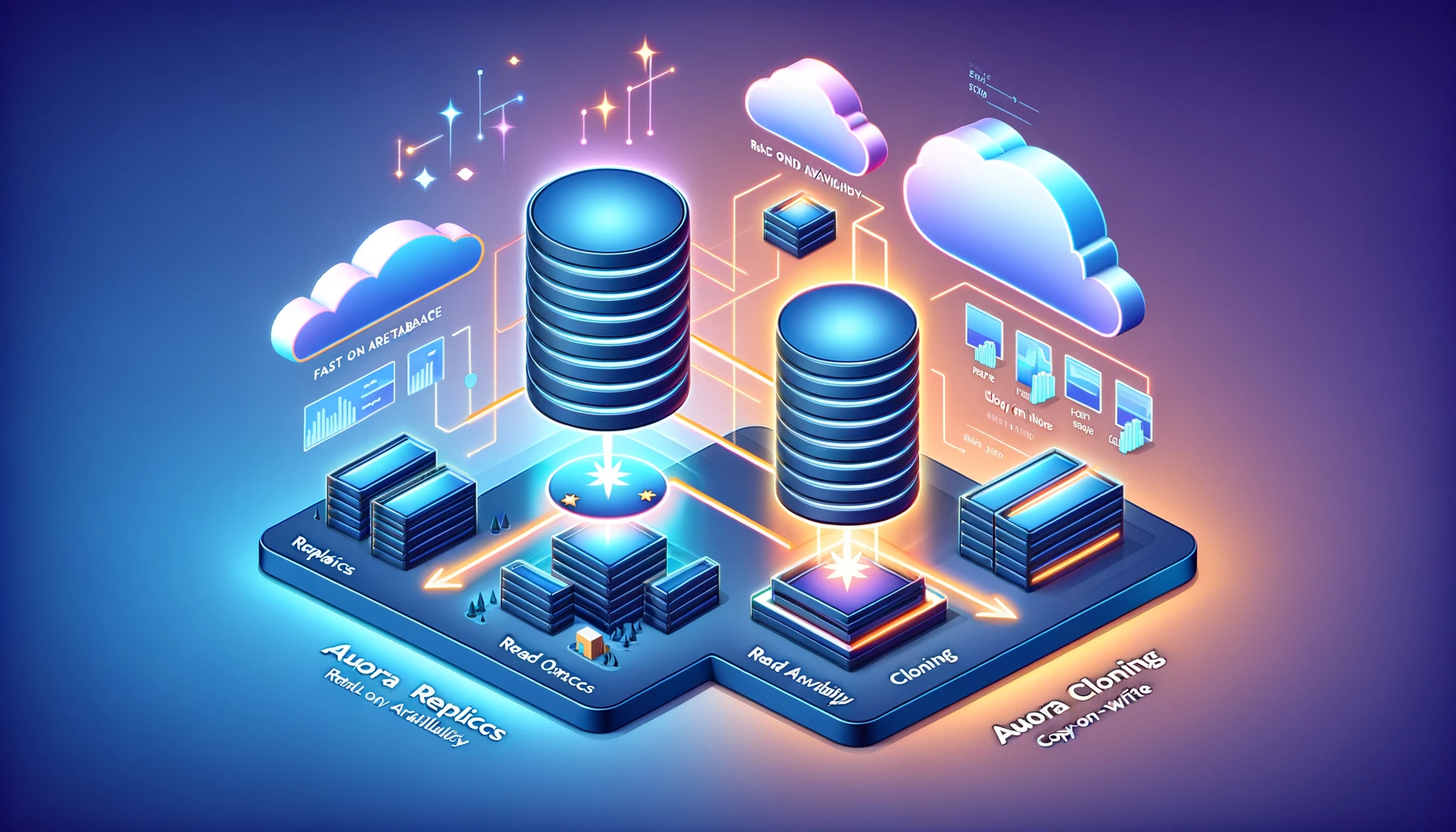Challenges and Opportunities in Airline Cabin Interior Design

The airline industry is constantly evolving, facing numerous challenges while simultaneously uncovering new opportunities. One area that epitomizes this dynamic is cabin interior design, where airlines strive to balance cost, comfort, safety, and aesthetics. Here, we delve into the key challenges and explore innovative opportunities that could redefine the future of air travel.
Challenges in Cabin Interior Design
-
Balancing Cost and Comfort: Airlines grapple with the dilemma of providing luxurious interiors without inflating ticket prices. As passengers demand more for less, competing with budget airlines becomes increasingly challenging.
-
Managing Fleet and Supply Chain: With long lead times for new aircraft and a limited number of suppliers for parts, airlines face difficulties in modernizing their fleets. Supply chain bottlenecks further exacerbate this issue, leading to outdated cabin interiors.
-
Meeting Passenger Expectations: Today's travelers seek comfort, cutting-edge technology, and aesthetic appeal. Continuous interior renovations are necessary but costly and result in aircraft downtime.
-
Ensuring Safety: Adhering to stringent safety regulations is paramount. This restricts material choices and design options, making it challenging to balance safety with aesthetic desires.
-
Minimizing Ground Time: Prolonged ground time for renovations impacts airline operations. Finding ways to expedite updates without compromising quality is a constant struggle.
Opportunities for Innovation
-
Enhancing Pet-Friendly Features: By catering to pet owners, airlines can tap into a niche market. Providing comfortable accommodations for pets could justify higher ticket prices and attract a new segment of passengers.
-
Streamlining Parts Procurement: Developing an online marketplace for aircraft parts could expedite decision-making and improve supply chain efficiency. This would reduce costs and wait times for maintenance and upgrades.
-
Leveraging Technology for Comfort: Utilizing AI and data analytics can revolutionize cabin design. These tools can help predict optimal layouts and features, enhancing passenger comfort and satisfaction.
-
Implementing Safety Reporting Systems: Encouraging passengers to report safety concerns in real-time can improve onboard safety. Offering rewards for valuable feedback can foster a proactive safety culture.
-
Optimizing Maintenance Services: Creating specialized services for quicker and more cost-effective cabin refurbishments can reduce ground time. This would enable airlines to keep their fleets modern and competitive.
In conclusion, while the challenges in airline cabin interior design are significant, they also present a plethora of opportunities for innovation. By embracing digital transformation and exploring new strategies, airlines can enhance passenger experiences, improve safety, and maintain profitability in an ever-changing industry.
What do you think about the challenges and opportunities in the airline business? Leave a comment, and I would like to hear your thoughts.


